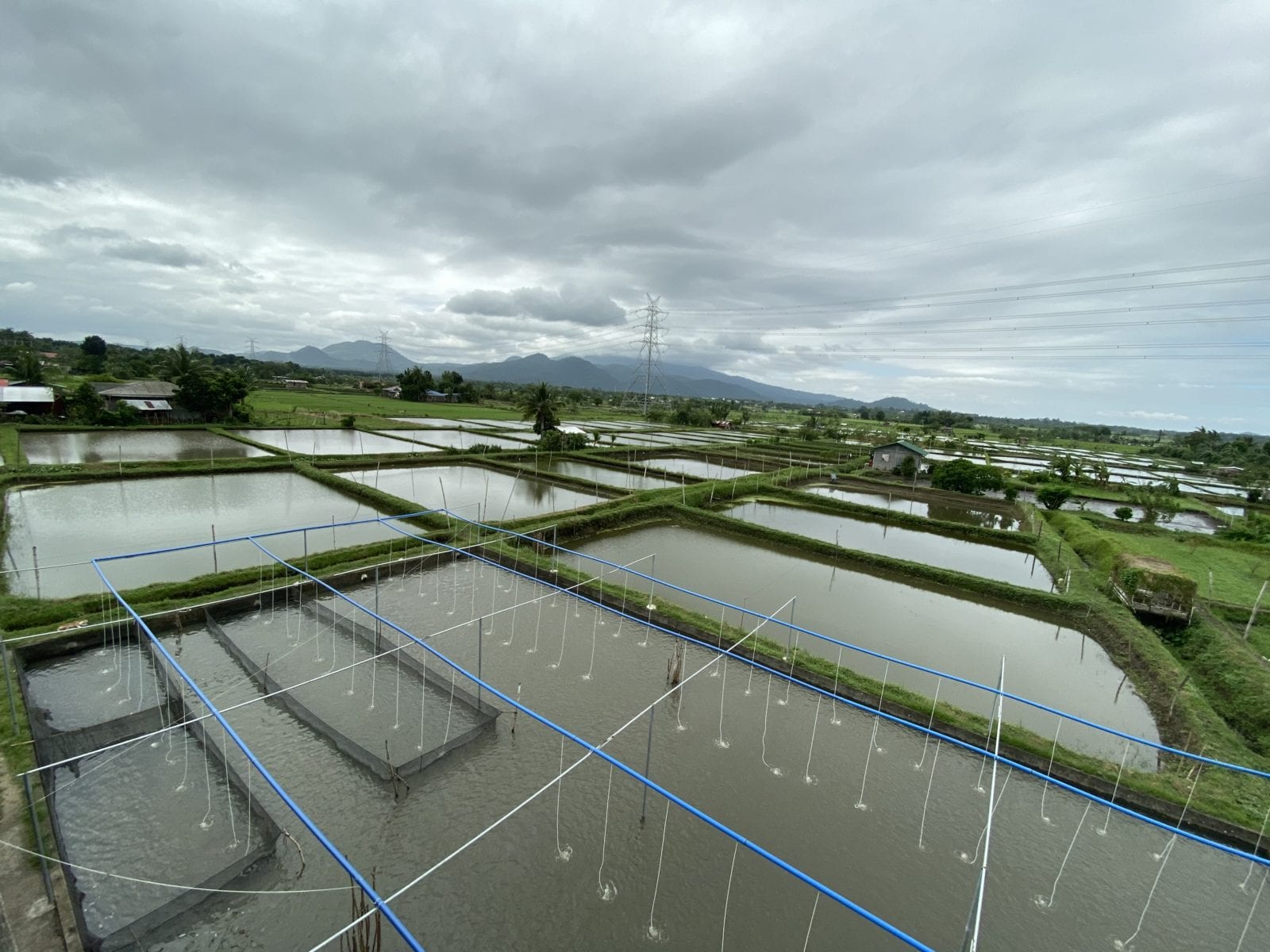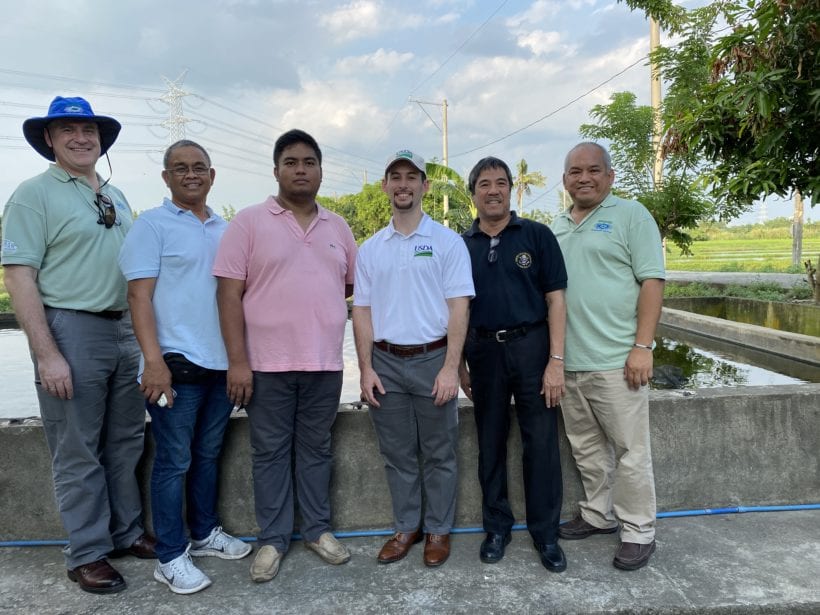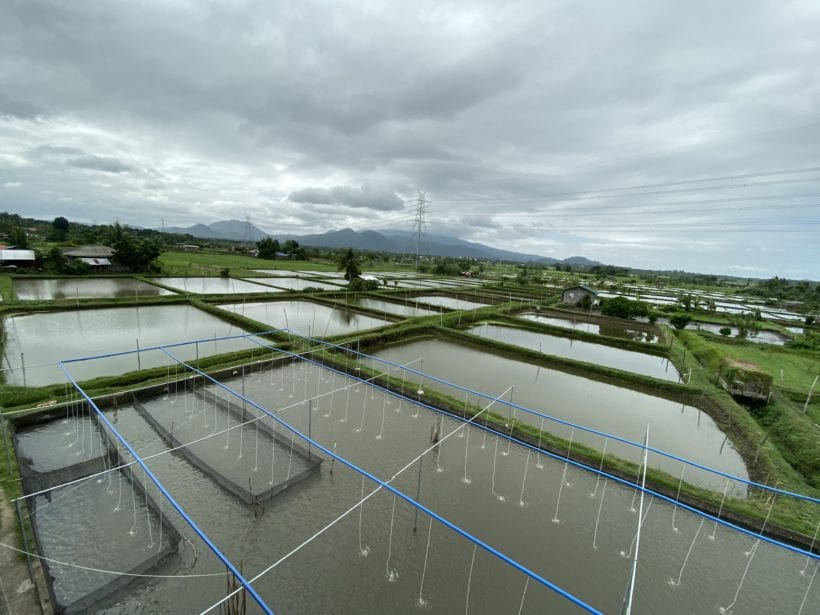Philippine Aquaculture Farm to Install Tilapia Fixed IPRS Technology
- Category:
- Aquaculture
- General News

USSEC, together with the U.S. Department of Agriculture’s (USDA) Foreign Agricultural Service (FAS), visited Paps Nera Aquaculture in Calauan, Laguna, Philippines on January 28 to check the suitability of the fish farmer site for tilapia fixed IPRS technology application. Culturing tilapia in fixed IPRS cells should increase tilapia production by 300% per year per 10,000 m3. An increase in production means more aquafeed consumption, thus increasing demand for U.S. soybean meal.
Lukas Manomaitis, USSEC Southeast Asia Technical Director-Aquaculture and Ryan G. Bedford, Agricultural Attaché, USDA FAS, U.S. Embassy Manila, Philippines led the group. The farm has an estimated area of 12,000 m2, and with a target water depth of 2.5 m equivalent to 30,000 m3, has the capacity to build three cells.
After the inspection of the farm site and discussions, it was determined that the site is suitable for Fixed IPRS Technology Application. “The Fixed In Pond Raceway System Technology is what we need now with issues of water quality in Taal Lake in Batangas, especially after the eruption of Taal Volcano, culturing tilapia in Taal Lake still has some uncertainty,” says Paps Nera, farm owner.

